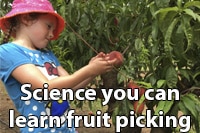
Getting kids outdoors!
Taking kids fruit picking not only exposes them to the outdoors but gives you the opportunity to teach them agriculture and science too. There are a number of concepts kids can learn when they visit an orchard or vegetable plot, topics which can certainly be worth talking about whilst on-site and on the drive home!
1. Firstly; where does our food come from?
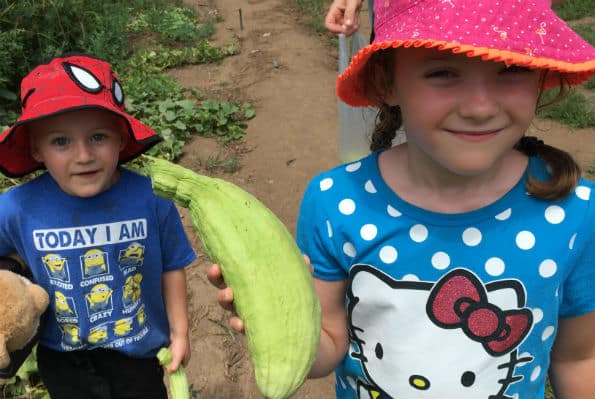
Cucumber picking at a fruit & vegetable farm in Bilpin, NSW
This seems like an obvious thing to an adult but there are kids who have not yet seen how fruit & vegetables are grown. Perhaps they live in a city apartment block with little access to green space or maybe their school has not yet setup a vegetable garden? Either way, taking your kids fruit picking allows them to see just how apples, pears, plums, peaches and more are grown. The kids can learn how to identify plants by their leaf shape, flowers, bark and the way they grow, plus discover what the real plant looks like rather than what they find at the supermarket.
2. What is a fruit and what is a vegetable?
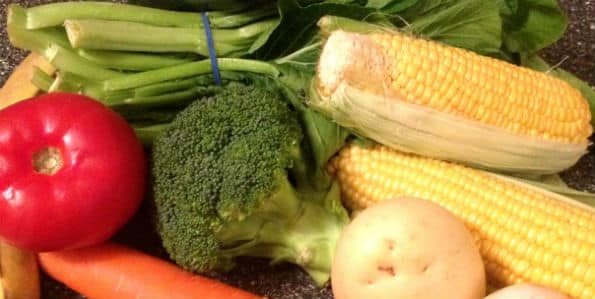
Are these berries, nuts, flowers, tubers, leaves…?
You would be surprised what kids think when it comes to whether a particular food is a fruit or vegetable. You can further than this though; is the food a nut, seed, berry, stem, flower, root, tuber or something else? Walking through the farm gives you a chance to point out the parts of the plant that is harvested and discuss plant anatomy using fruits and vegetables all at the same time!
3. Food security and looking after resources.

Rotting peaches on the ground
Whilst taking my children through a peach orchard the kids noticed some of the over-ripe fruit had fallen to the ground and were beginning to rot. This led onto a conversation about how farmers, research scientists and government are working together to ensure that supply of food from ‘paddock to plate’ is maintained and planned for in regards to population growth and climate change. The research and development being done is not just a domestic issue but one that is being grappled with by countries around the globe.
Further reading; Australian International Food Security Research Centre
4. How do farmers protect their crops from the weather?
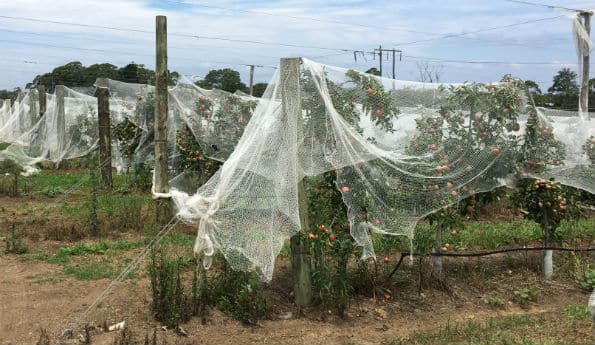
Netting placed over apples in Bilpin, NSW
Kids may not realise why orchards need netting infrastructure to protect their high-value crops. There are several reasons as to why netting is put into place on fruit trees:
– Regulating temperature; protecting from the winter chill and high summer heat
– Protect crops from birds and bats
– Protect the crops from extreme rain or hail damage which in turn can lead to fungal infections
– Protect the crops from strong winds which in turn also protects surrounding areas from chemical overspray
– Reduce water evaporation from soils and crops
Discussing each of the points above will help kids to think more deeply about how the operations of a farm consider a variety of factors. There have also been scientific studies on the between black or white nets, something which may not have been considered by some kids as something that would matter.
5. Just what does ‘organic farming’ mean?
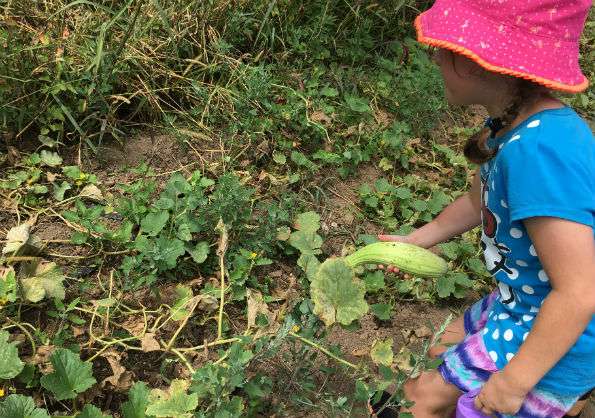
Picking cucumbers amongst groundcovers.
Whilst walking around the farm the kids there is an opportunity to talk about how weeds, fungus, worm and insect pests are managed. On some farms this management can be quite different; some use sprays, others use physical removal only and others use a combination of the two. Your kids might have heard of the term ‘organic farming’ at school and as such, this is a good topic to discuss as they collect their fruit!
This can be a controversial topic for some people though, as the phrase ‘organic farming’ conjures different imagery for different people. To help deal with this, governments produce a series of standards that set out what is ‘organic farming’ and what is not. By labelling foods under recognised standards, farmers are able to communicate to supermarkets and consumers as to whether their use of pesticides and herbicides are in accordance with certified organic farming practices. In reality, each country manages their own standards differently and farmers who export their crop need to be aware of how each country operates.
Whilst discussing organic farming with your kids, it is important to remain pragmatic when describing the use of sprays on a farm. The farm you might be on could be using sprays for reasons that go beyond simply ‘profit’, they may well have to spray for a particular blight or insect pest as instructed by authorities to protect other adjacent farms. As always, don’t judge… ask questions and find out more!
6. The role of quarantine/bio-security in protecting crops.
Bio-security is essential in the prevention of the spread of disease and pests between country borders. As Australia is isolated from any other mainland country it is able to control its borders much more easily than many other countries when it comes to plant pathogens, borers and others. Whilst walking around fruit picking you could discuss how biosecurity is managed in Australia, from scanning shipping containers to x-ray passenger luggage and parcels in mail centres.
Even within Australia you still need to be cautious about transporting fruit and vegetables across borders. You can easily bring fruit fly into citrus growing regions inadvertently through fruit transport or perhaps spread the grape insect Phylloxera by bringing grape vines into vineyard regions.
Further reading; National Fruit Fly Council and Vinehealth Australia
7. Plant growing techniques
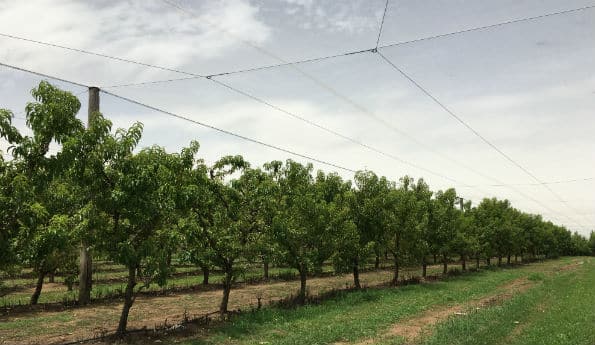
A row of peach trees in Bilpin, NSW.
As you take kids through an orchard get them to look closely at how the trees are arranged and pruned. Not only are they planted in rows to allow machinery to get past, but you should also recognise that tree is often grafted onto the rootstock. This is common practice with apples and citrus fruit, as some varieties of apples or citrus produce more prolific fruit than others and it’s these varieties are best grafted onto other varieties that can handle the soil conditions of the area much better.
You can also discuss the role of pruning in reducing disease as well as increasing the number of fruit per branch.
Of course, there other topics you could talk about too; plant pollination, soil science, species diversity and more. Following the fruit picking trip, you can encourage kids to be interested in plant science by doing botany experiments at home too! Regardless of how much science you decide to teach the kids, the most important point is that taking them out to a farm shows them the real world of agriculture plus spending time away from the screen is always a good thing!
Happy teaching,
NEW Primary science teaching book!
“Be Amazing! How to teach science, the way primary kids love”



























Comments